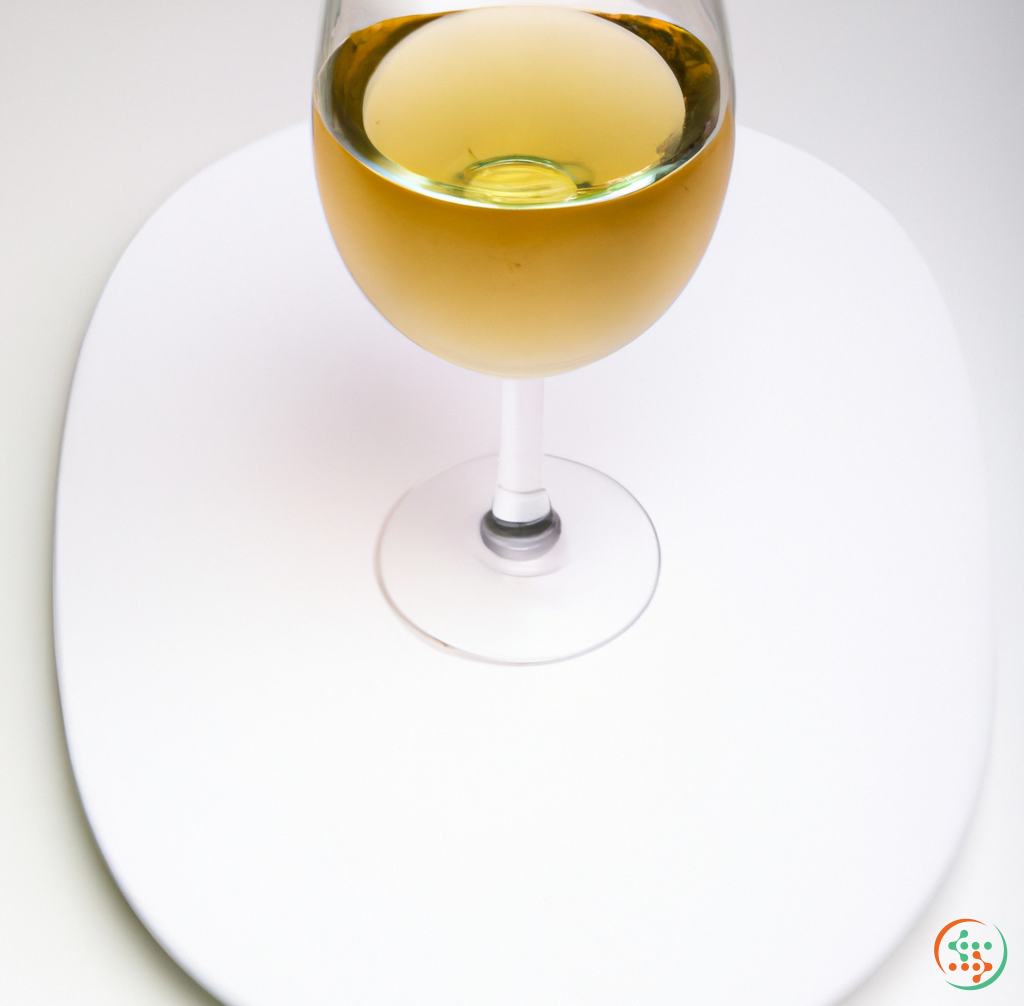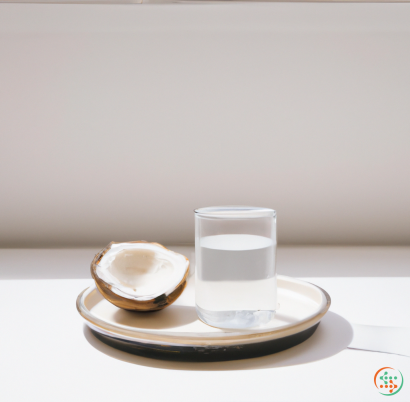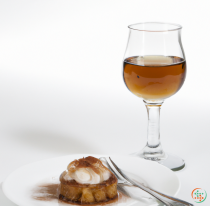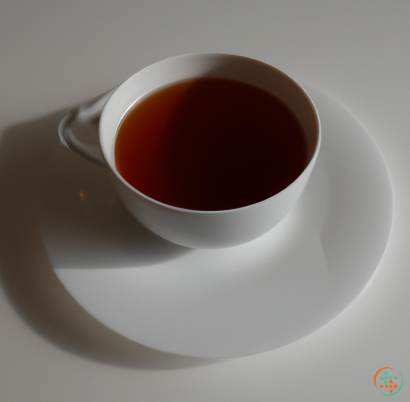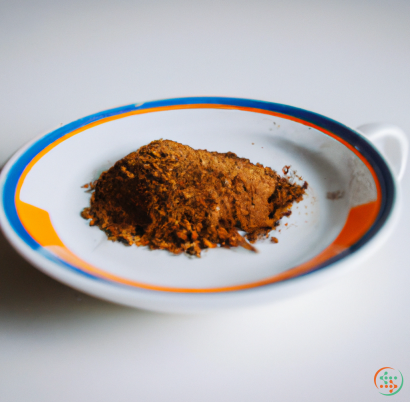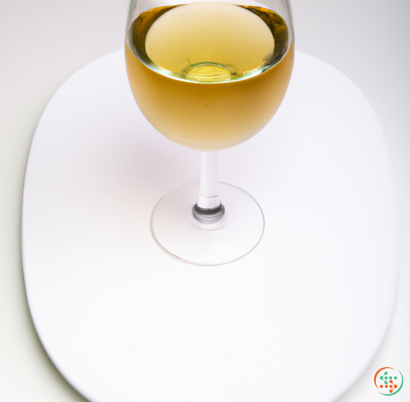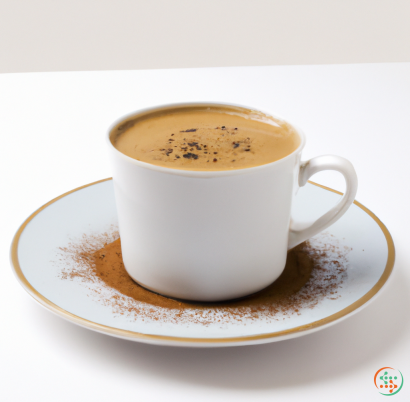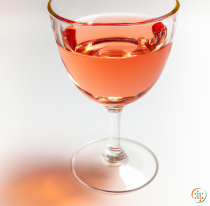White Table Wine
What is a White Table Wine?
White table wine is a type of wine made from a variety of grapes, without any skin maceration or significant oak influence. As the name implies, white table wines are generally lighter in body, color and flavor than red table wines, although they can vary in alcohol content and other flavor characteristics. The term “table” refers to how white wine is usually consumed - as an accompaniment to a meal, often as part of the “table setting”.
When most people think of white wine, their first thought is usually of a pale, almost colorless variety like Sauvignon Blanc or Pinot Grigio, but white wines come in a wide variety of shades and styles that vary depending on which variety of grape is used and how it’s made. Generally speaking, a white table wine will be clear in color, with aromas and flavors that range from floral and fruity to citrusy and herbal.
White wines are typically made from lighter-skinned grapes, such as Chardonnay, Sauvignon Blanc, Riesling, Pinot Grigio, Chenin Blanc, Muscat, and Viognier. Grapes like Chardonnay can be made into a variety of styles that range from oaked and buttery to unoaked and crisp. Some white wines are fermented and aged in oak barrels, while many are clarified or filtered before bottling, reducing the amount of sediment that might be present.
White wine can be divided into two broad categories: still table wines, which range in taste from dry and light-bodied to full-bodied and sweet; and sparkling wines, which include Champagne, Prosecco, Asti, and Lambrusco. These sparkling wines may have light aromas and flavors of citrus, green apple, melon, peach, or honey.
When pairing white table wines with food, a general rule of thumb is to match the lightness of the wine with the lightness of the dish. For example, a light Sauvignon Blanc may pair well with a simple salad or vegetable dish, while a heavier oaked Chardonnay can stand up to richer entrees like chicken or beef. Depending on the region and the particular style of white wine, it can also be served as an aperitif (before the meal) or a digestif (after the meal).
White table wines can be enjoyed solo or with any kind of cuisine. Generally speaking, white wines pair well with lighter, less-rich foods, including salads, fish, and chicken dishes. They can also be used to make white sangria or light cocktails. For those who prefer a sweeter wine, a Moscato or Gewürztraminer can provide a pleasant and unique taste experience.
When shopping for white table wines, it’s a good idea to take your own preferences into account. Determine which style of wine you like best (such as a dry Chardonnay or a lightweight Pinot Grigio) and pay attention to the flavor profiles listed on the wine label. This will help you select a white table wine that complements your meal and makes for a memorable dining experience.
A consumer who takes a sip of white table wine may not be aware of the entire journey that took place prior to the wine reaching their lips. This blog post aims to explain the science behind how white table wine is created and transported to their dinner plate.
The Origin of White Grapes
The key component of white table wine is the white grape variety used. Grapes are a type of fruit known as a drupe, containing a single large seed surrounded by a fleshy outer layer called the exocarp and an inner layer, called the mesocarp. The exocarp of sperrable skins is thin, with the primary pigments in the mesocarp. The white or yellow color associated with white grapes is due to the presence of Chlorophyll, which is necessary for photosynthesis but absent in ripened grapes. The removal of chlorophyll, which also acts as a natural sunscreen, is vital for the ripening of white grapes and affects the flavor as secondary metabolites from the break-down of chlorophyll are released into the grape juice.
The ripening of grapes on the vine is largely controlled by temperature and light. United States Department of Agriculture (USDA) designations for grape ripening maturity levels range from unripe berries at 200-300 Brix [1] to overripe berries at 400 Brix. The ideal ripening level depends on the type of wine being created. For white table wines, matured berries should have an average sugar content of between 215-260 Brix and potential alcohol levels of 8-12%.
Harvesting and Winemaking
Harvesting of white grapes takes place in the autumn period, to capitalize on optimal autumn weather conditions. Factors affecting picking decisions include the amount of sugar and acidity in the grapes, and their potential alcohol level, which can be measured using a hydrometer. Grapes are harvested using a MOG/NOG (material other than/not other than grape) method, which separates MOG from NOG during the grape harvest. MOG includes aerial plant pieces, leaf cluster, and bird droppings, but none of these should be found in the tine stems for white table wines.
Hand-picking is preferred for the harvesting of white table grapes as this method is less invasive and helps protect the integrity of the grapes. The harvesting process is reliant on the experience of the pickers to find the ideal ripeness and select healthy, undamaged grapes, free from decay or rot. After harvesting, the white grapes can be pressed by hand or mechanically pressed.
White grape juice is collected by separating it from the skins, seeds, and stem using a press or fermenter. Sugars in the pressing collect are dependent on the ripeness of the grapes and the extraction technique used. After pressing, the grape juice is left to settle overnight, where solids are removed and an initial fermentation begins. The yeast used in the wine fermentation process is usually marine or spontaneous yeast. Before fermentation is complete, the winemaker may intervene at various stages in the process by adding sulphur or acidifying agents to adjust the flavor and prevent spoilage.
Once fermentation is complete, the sugar content should be zero and alcohol levels are between 8-12%. Clarification and blending of the wine follows, and in some cases, the addition of Chardonnay is permitted to improve the texture and mouth-feel. The wine is then filtered, aging begins and the wine is stored in casks or tanks for a specified period. During aging, the wine may be racked to help clear impurities, or topped to reduce oxidation.
Bottling and Labeling
Once the aging process is complete, bottling and labeling of the white wine is the final step. Bottling of wine is highly regulated by strict Federal and State laws with regards to labeling and adulterants. Distinctiveness of the wine is achieved through the use of bottle-style, closures and labeling. The winery must adhere to the appropriate legal guidelines when labeling the wines, indicating variety, intended market, alcoholic content, and place of origin. Prior to bottling, cold stabilization may be employed to ensure stability at varied temperatures and filtration is necessary to eliminate any sediment or yeast cells.
The Transport of the White Wine
Once the winery has completed the entire winemaking process, the wine is packaged and shipped, ready for consumption. Shipping of the white wine is governed by international laws and will depend on the mode of transportation selected. Whether shipped by land, sea, or air, a healthy mix of oxygen, nitrogen, and carbon dioxide is needed. If grapes, juice, or wine is exposed to too much oxygen, the taste, aroma, and flavor can be affected. Furthermore, a cool temperature of 5-20°C is essential for preservative-based wines and consistent temperature during transport is needed for corked wines.
To the Dinner Plate
The last step for the white wine to appear on the dinner table is the distribution process. Distributors are intermediaries between the winery and the retail outlets and play an important role in ensuring the wine reaches the bottle shop and restaurant. The distribution center receives orders from the retailers and packages and prepares the wine for delivery. The delivery drivers are responsible for ensuring that the white wines reach the retailer, where it is stored in the wine chiller and refrigerated at an optimal temperature of 5-20°C. Finally, the consumer can purchase the white wine from the bottle shop and take it home, or a restaurant, where it is served and taken to the dinner plate for exemplary enjoyment.
Conclusion
White tabile wines can be incredibly enjoyable, but few of us take the time to consider the intricate and detailed process that occurred to facilitate their journey from the vineyard to our dinner plate. This blogpost provided a scientific and detailed description of the complete lifecycle of the production of white table wine, with a focus on the grape, harvesting, winemaking, bottling, labeling and transport processes. The post also highlighted the importance of temperature control, the legal requirements and safety regulations of the packaging process and clarified the role of distributors in the process.
The production and sale of white wine involves a range of science-backed techniques and processes, and understanding these can help us to appreciate the complexity of their production and bring us even more enjoyment when partaking of this delicious beverage.
References
1. Henick-Kling, T. (2018). The Wines of British Columbia. CRC Press, pp. 37-78.
| Vitamin K | 0.4 ug | |
| Vitamin B1 | 0.01 mg | |
| Vitamin B2 | 0.02 mg | |
| Vitamin B3 | 0.11 mg | |
| Vitamin B4 | 0.0043 grams | |
| Vitamin B5 | 0.05 mg | |
| Vitamin B6 | 0.05 mg | |
| Vitamin B9 | 0.001 mg |
| Calcium | 0.009 grams |
Daily Value 1.3 g
|
| Iron | 0.27 mg |
Daily Value 0.018 g
|
| Magnesium | 0.01 grams |
Daily Value 0.4 g
|
| Phosphorus | 0.018 grams |
Daily Value 1.25 g
|
| Potassium | 0.071 grams |
Daily Value 4.7 g
|
| Sodium | 0.005 grams |
Daily Value 2.3 g
|
| Zinc | 0.12 mg |
Daily Value 0.011 g
|
| Manganese | 0.12 mg |
Daily Value 0.0023 g
|
| Selenium | 0.1 ug |
Daily Value 0.055 mg
|
| Fluoride | 0.202 mg |
Daily Value 0.004 mg
|
| Total Sugars | 1 grams |
per 100g
|
